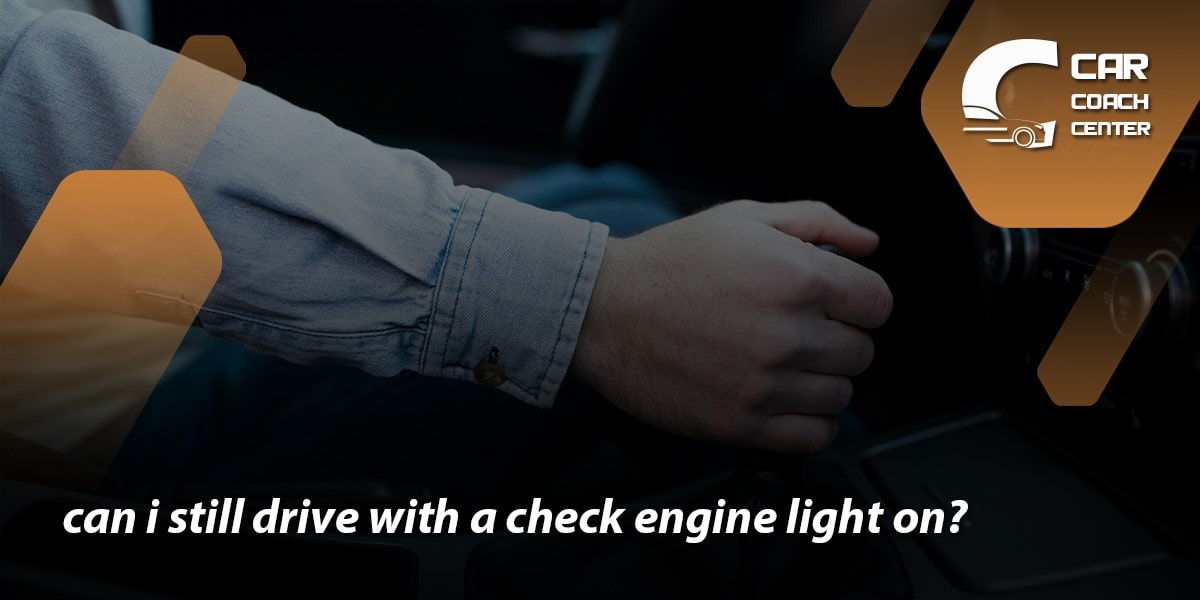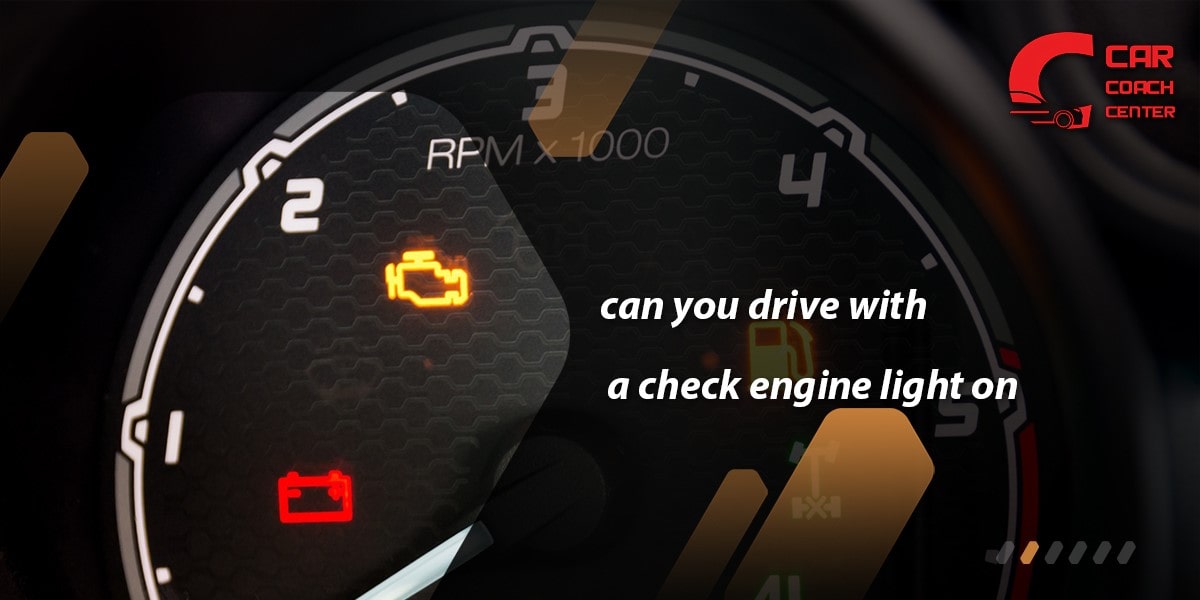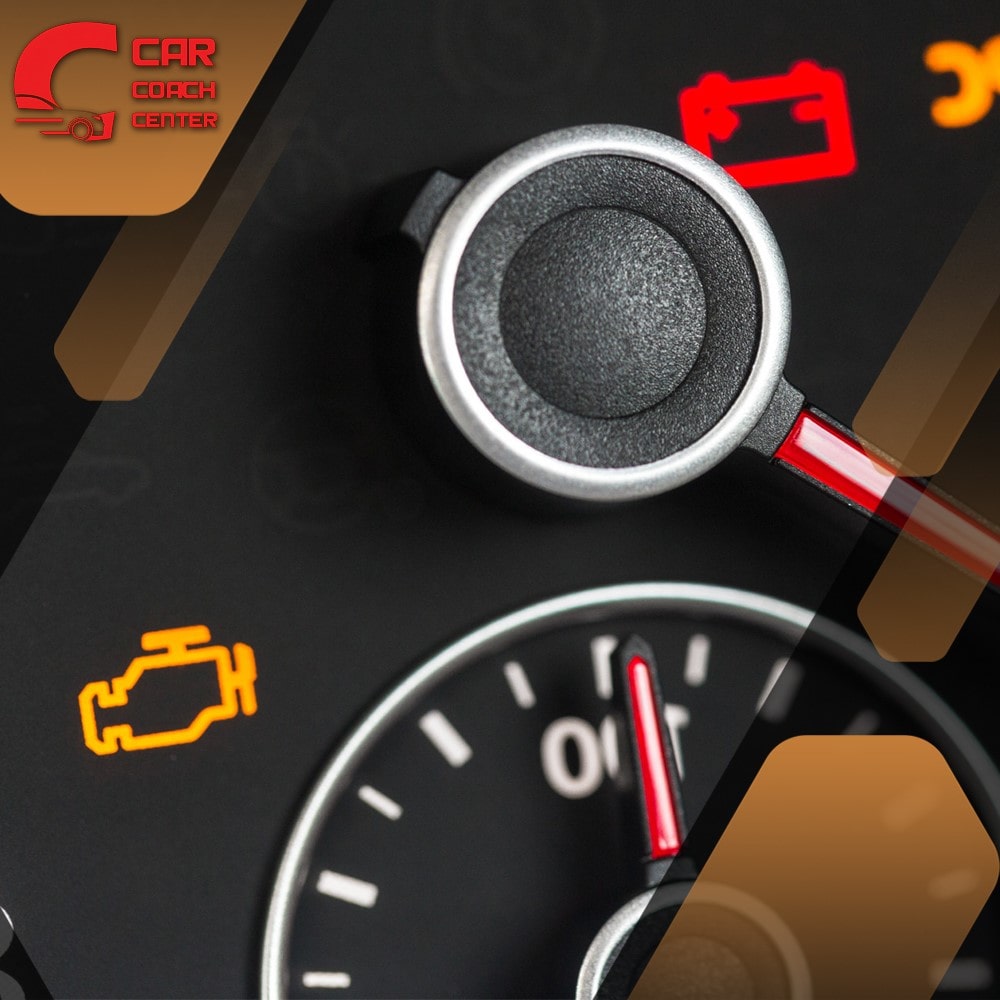Can You Drive Car With Check Engine Light On
The dreaded check engine light: an unwelcome sight that can instantly fill any driver with anxiety. It flickers on, an ominous glow on the dashboard, signaling that something might be amiss under the hood. As this little warning light illuminates, many drivers grapple with a pressing question: can I continue driving my car with the check engine light on? Depending on various factors, the answer is more complex than one might hope.
In this article, we’ll delve into the mysteries behind the check engine light and explore the implications of driving with it illuminated. We’ll discuss the different possibilities that trigger this warning, shed light on the severity of the issue, and examine the long-term consequences of neglecting it. Additionally, we’ll uncover some temporary fixes and workarounds that might help you get back on the road.
So, buckle up and join us on this informative journey as we navigate the realm of the check engine light and determine whether it’s a red flag demanding immediate attention or a cautionary yellow light that allows you to continue your journey with caution.

Decoding the Check Engine Light: What Does It Mean?
The check engine light is a communication tool between your car’s onboard diagnostic system and you, the driver. When this light illuminates, the vehicle’s computer has detected an issue within the engine or emission control system. However, deciphering the exact meaning behind the check engine light can be challenging.
The check engine light has numerous potential triggers, ranging from minor glitches to more serious malfunctions. Some common culprits include a loose gas cap, a faulty oxygen sensor, a malfunctioning catalytic converter, or issues with spark plugs or ignition coils. It’s important to note that the check engine light doesn’t provide specific details about the problem; it simply acts as a signal to inform you that something requires attention.
To gain a deeper understanding of the issue, it is advisable to use an onboard diagnostic (OBD) scanner. These scanners connect to your car’s OBD port and retrieve the trouble codes stored in the vehicle’s computer. These codes provide insights into the specific system or component triggering the check engine light. OBD scanners can be purchased or borrowed from auto parts stores or even accessed through smartphone apps, making them a convenient tool for vehicle owners.
Once you have retrieved the trouble codes, it’s important to research and interpret them accurately. Online databases and forums often provide detailed explanations for each code, giving you a starting point for troubleshooting. However, trouble codes are the first step in diagnosing the issue, and professional expertise is necessary for a comprehensive assessment.
The Check Engine Light: Friend or Foe?
When the check engine light illuminates your dashboard, it’s natural to perceive it as an unwelcome foe. After all, it signals that something is potentially wrong with your vehicle. However, is it always necessary to treat the check engine light as an immediate threat, or can it sometimes be viewed as a friend?
The truth is that the check engine light can serve as both a friend and a foe, depending on the circumstances. On the one hand, it acts as a crucial warning system, alerting you to potential issues that could impact your vehicle’s performance, efficiency, or emissions. Ignoring these warnings can lead to further damage and expensive repairs in the long run.

On the other hand, the check engine light can also be a friend because it provides an early warning sign, allowing you to address problems before they escalate. By promptly investigating the cause of the light, you can catch and resolve issues in their early stages, potentially saving you from more significant repairs later.
However, it’s essential to exercise caution and not assume that every illuminated check engine light indicates an urgent problem. In some cases, the light may be triggered by minor issues that pose no immediate threat to the vehicle’s operation. Examples include a loose gas cap or a temporary glitch in the sensor system.
To determine whether the check engine light should be treated as a friend or foe, it’s crucial to consider various factors. Firstly, assess the vehicle’s performance: Does it exhibit any abnormal symptoms, such as rough idling, decreased power, or unusual sounds? If the vehicle seems to operate normally, it may indicate a less severe issue.
Secondly, consider the color of the check engine light. A steady amber light indicates a non-emergency situation, while a flashing or solid red light may signify a more severe problem requiring immediate attention.
Diagnostic Tools: Unveiling the Mystery Behind the Codes
In automotive diagnostics, understanding the codes behind the check engine light is essential for unraveling the mystery lurking under the hood. Fortunately, modern vehicles are equipped with onboard diagnostic (OBD) systems that provide valuable insights into the root causes of the issues triggering the check engine light.
One of the most commonly used tools for diagnosing check engine light problems is an OBD scanner. These scanners connect to the OBD port of your vehicle, which is typically located under the dashboard. Once connected, the scanner communicates with the vehicle’s computer and retrieves the trouble codes.
Trouble codes, also known as diagnostic trouble codes (DTCs), are alphanumeric codes that provide specific information about the detected problem. Each code corresponds to a particular vehicle system, component, or function. For example, a code starting with “P0” relates to a generic powertrain issue, while a code beginning with “B0” indicates a body-related problem.
Once you have retrieved the trouble codes using an OBD scanner, the next step is to interpret them correctly. Fortunately, numerous resources are available to help you decipher the meaning behind each code. Online databases, repair manuals, and even smartphone apps provide comprehensive lists of trouble codes, along with their descriptions and possible causes.

Understanding the Severity: When Should You Be Concerned?
The check engine light is an important indicator that should never be ignored. While it’s natural to wonder about the severity of the issue when the light illuminates, assessing the situation and determining the appropriate level of concern is essential. Understanding the severity of the check engine light trigger can help you make informed decisions about whether to continue driving or seek immediate attention.
One way to gauge the severity is by considering the behavior of the check engine light itself. If the light is steady and amber, it typically indicates a non-emergency situation. This means that while an issue may require attention, it might not immediately impact the vehicle’s operation or safety. However, it’s still important to address the problem immediately to prevent further complications.
On the other hand, a flashing or solid red check engine light demands immediate attention. This signals a more severe problem that could cause further damage or compromise safety. In such cases, it’s advisable to pull over to a safe location and have the vehicle towed to a qualified mechanic for a thorough inspection.
Beyond the behavior of the check engine light, it’s crucial to consider the vehicle’s overall performance. Are there any noticeable symptoms or changes in how the car operates? Issues like rough idling, loss of power, excessive smoke, or unusual noises can indicate a more significant problem. If the vehicle’s performance is noticeably affected, it’s best to avoid driving further and have the vehicle inspected promptly.
It’s important to remember that even if the check engine light appears less severe or the symptoms seem minor, ongoing driving with an illuminated check engine light can lead to further complications. Ignoring the issue or delaying repairs can result in reduced fuel efficiency, increased emissions, potential damage to other engine components, and even more costly repairs.
The Price of Ignoring: Long-Term Consequences of Neglecting the Check Engine Light
Ignoring the check engine light and continuing to drive with it illuminated is tempting, especially if the vehicle is functioning normally. However, neglecting this warning can have significant long-term consequences for your car and wallet. Here are some of the potential damages and risks associated with ignoring the check engine light:
Increased Repair Costs
What may start as a minor issue, such as a faulty sensor or a loose connection, can escalate into a major problem if left unattended. Neglecting the check engine light allows the underlying problem to persist and potentially cause damage to other components. As a result, what could have been a simple and inexpensive repair may turn into a complex and costly ordeal.
Reduced Fuel Efficiency
Many check engine light triggers are related to the engine’s performance or emission control systems. Ignoring these issues can decrease fuel efficiency, causing you to spend more money on gas over time. Resolving the problem promptly can help maintain optimal fuel economy, saving you money at the pump.
Performance and Safety Issues
Some check engine light triggers can directly impact your vehicle’s performance and safety. Ignoring issues with crucial components like the ignition system, fuel system, or braking system can compromise your ability to control the vehicle, increasing the risk of accidents or breakdowns.
Emission Non-Compliance
An illuminated check engine light may result in a failed emissions test during inspections in regions with emissions regulations. Driving with the light on could lead to fines or penalties for non-compliance, requiring you to address the issue before passing the inspection.
Unpredictable Breakdowns
Ignoring the check engine light means taking a gamble on the reliability of your vehicle. The underlying problem may worsen, leading to unexpected breakdowns at inconvenient times and locations. These breakdowns can be frustrating and potentially dangerous, especially if they occur while driving on busy highways or in hazardous conditions.

Check Engine Light Hacks: Temporary Fixes and Workarounds
While it’s important to emphasize that temporary fixes and workarounds should not replace professional inspection and repairs, there are situations where you may find yourself needing a temporary solution to address the check engine light. These hacks can provide a reprieve and allow you to continue driving while you arrange for proper repairs. Here are a few temporary fixes and workarounds to consider:
Check the Gas Cap
A loose or faulty gas cap is one of the most common triggers for the check engine light. Start by ensuring that the gas cap is securely tightened. If it is loose, tighten it until you hear a few clicks. Sometimes, properly securing the gas cap can resolve the issue and turn off the check engine light.
Battery Reset
Disconnecting the battery for a few minutes and then reconnecting it can reset the vehicle’s computer system. This action may clear certain temporary trouble codes, causing the check engine light to turn off. However, remember that this method will also erase other settings and data, such as radio presets or trip information.
Drive Cycle
Some trouble codes require resetting specific driving conditions. This is known as completing a drive cycle. You can search online for your vehicle’s specific drive cycle procedure, which typically involves a combination of driving at certain speeds, distances, and engine operating conditions. Following the drive cycle might clear the trouble code and turn off the check engine light.
OBD-II Scanner Clearing
If you can access an OBD-II scanner, you can clear the trouble codes and reset the check engine light. However, it’s crucial to understand that clearing the codes doesn’t fix the underlying issue. Diagnosing and addressing the problem as soon as possible is best to prevent further complications.
Check the Battery Connections
Poor electrical connections sometimes trigger the check engine light. Ensure the battery terminals are clean, tight, and corrosion-free. If necessary, clean the terminals and tighten them securely. This simple maintenance step might resolve the issue and turn off the check engine light.
Conclusion
The check engine light is a crucial warning system, signaling potential issues within your vehicle’s engine or emission control system. Ignoring this warning can have significant long-term consequences, including increased repair costs, reduced fuel efficiency, performance issues, and even safety risks.
While temporary fixes and workarounds may provide a brief respite, it is essential to prioritize professional inspection and repairs to address the underlying problem properly. By visiting a qualified mechanic or diagnostic professional, you can accurately diagnose the issue, prevent further damage, and ensure your vehicle’s optimal health and performance.
CarCouchCenter.com is a valuable resource where you can find more information and guidance on understanding the check engine light, interpreting trouble codes, and making informed decisions about your vehicle’s maintenance. Remember, timely attention to the check engine light is an investment in your vehicle’s longevity, reliability, and safety.
Can I drive my car with the check engine light on?
It depends on the severity of the issue. If the light is steady and amber, you can continue driving cautiously.
What should I do if my check engine light comes on?
It's recommended to have the vehicle inspected by a qualified mechanic or diagnostic professional.
Are there temporary fixes for the check engine light?
While there are temporary fixes and workarounds, such as securing the gas cap or resetting the battery, they should only be considered as temporary measures.


